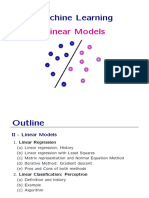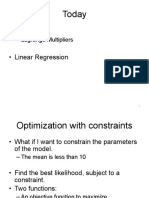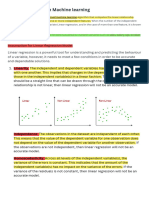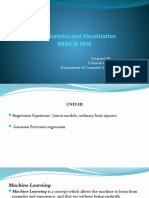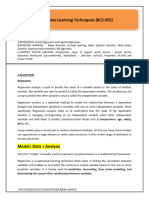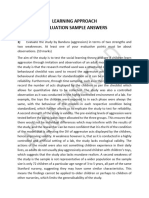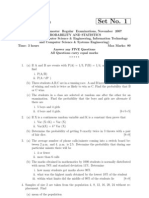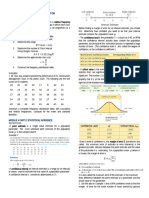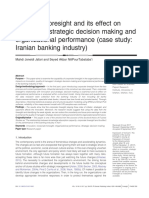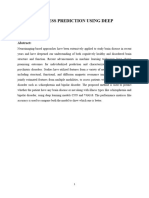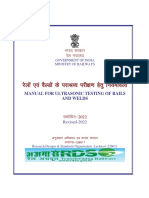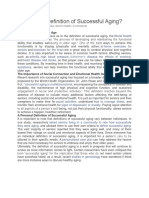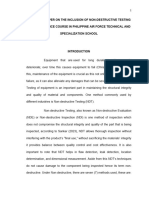0% found this document useful (0 votes)
15 views83 pagesUpdated Module2 - OTML Updated
The document outlines a course on Optimization Techniques in Machine Learning, focusing on model fitting, error measurement, and optimization methods such as gradient descent and Lagrange multipliers. It covers linear regression as an optimization problem, dimensionality reduction techniques, and addresses issues like overfitting and regularization. The course aims to equip students with the skills to analyze and operationalize machine learning models effectively.
Uploaded by
Srinivas Redyy SarvigariCopyright
© © All Rights Reserved
We take content rights seriously. If you suspect this is your content, claim it here.
Available Formats
Download as PPTX, PDF, TXT or read online on Scribd
0% found this document useful (0 votes)
15 views83 pagesUpdated Module2 - OTML Updated
The document outlines a course on Optimization Techniques in Machine Learning, focusing on model fitting, error measurement, and optimization methods such as gradient descent and Lagrange multipliers. It covers linear regression as an optimization problem, dimensionality reduction techniques, and addresses issues like overfitting and regularization. The course aims to equip students with the skills to analyze and operationalize machine learning models effectively.
Uploaded by
Srinivas Redyy SarvigariCopyright
© © All Rights Reserved
We take content rights seriously. If you suspect this is your content, claim it here.
Available Formats
Download as PPTX, PDF, TXT or read online on Scribd
/ 83







